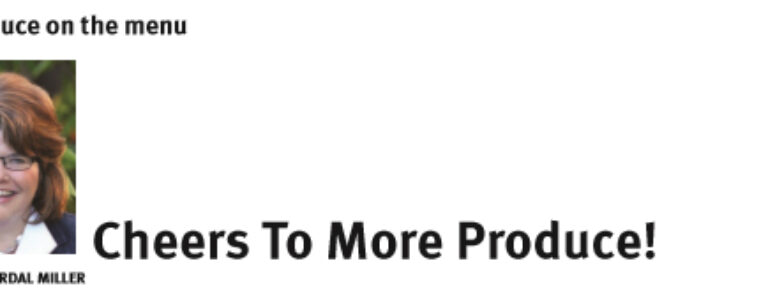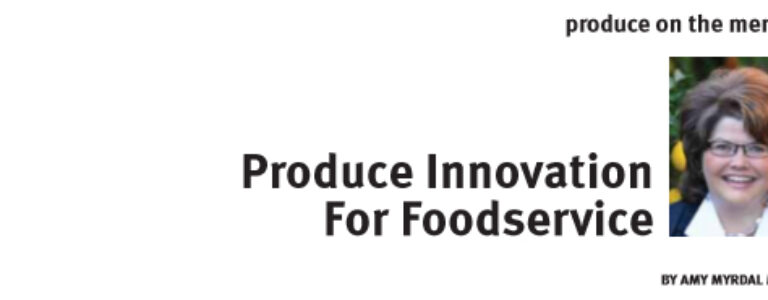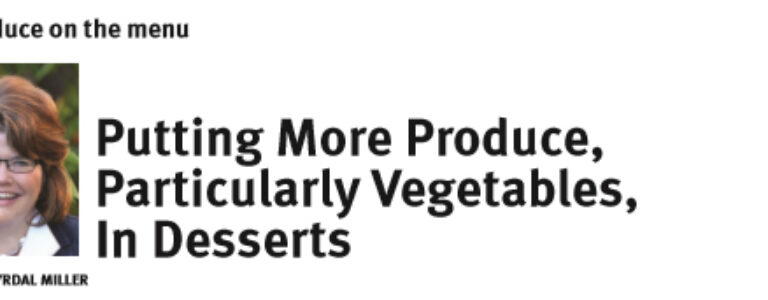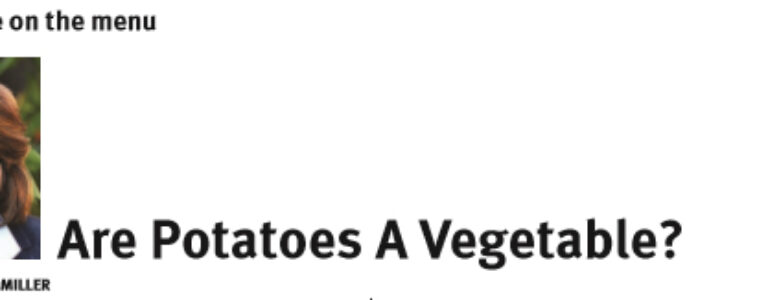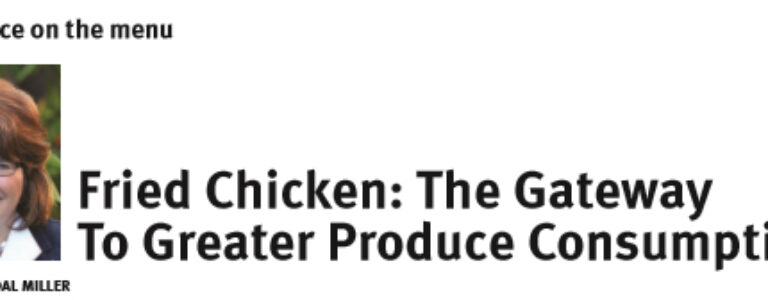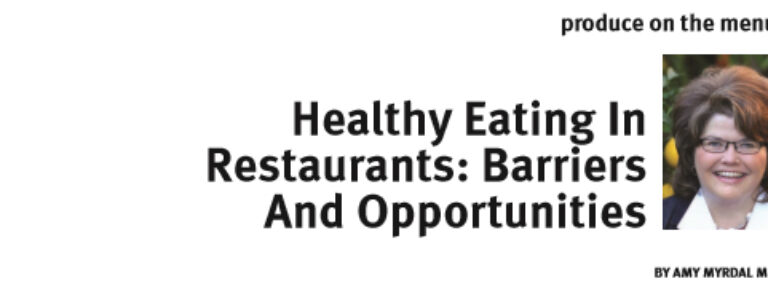
Healthy Eating in Restaurants: Barriers and Opportunities
By Amy Myrdal Miller NOTE: This article originally appeared in the April 2017 issue of Produce Business magazine. In mid-February I attended the Sacramento Business Journal Healthcare Leadership Forum where a panel of CEOs of major hospitals, insurance companies, and managed care organizations discussed the future of healthcare. Despite the uncertainty created by all the “repeal and repair/replace” talk

